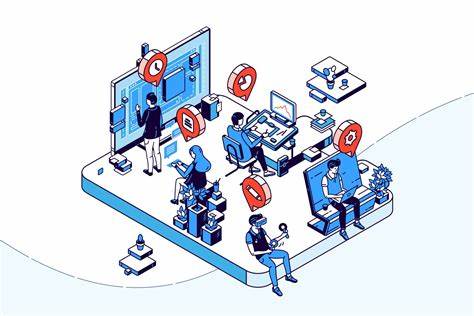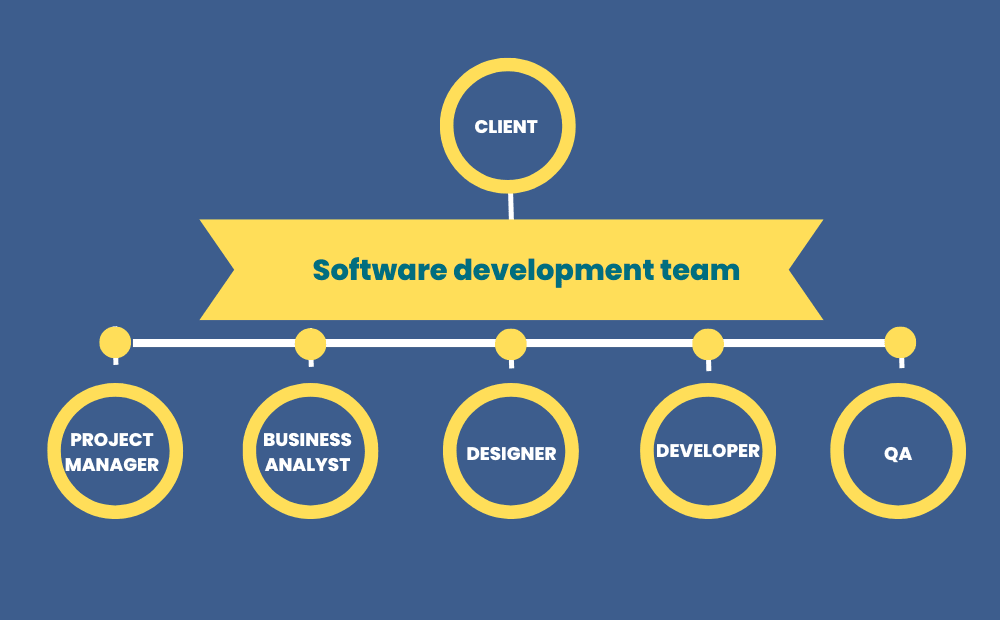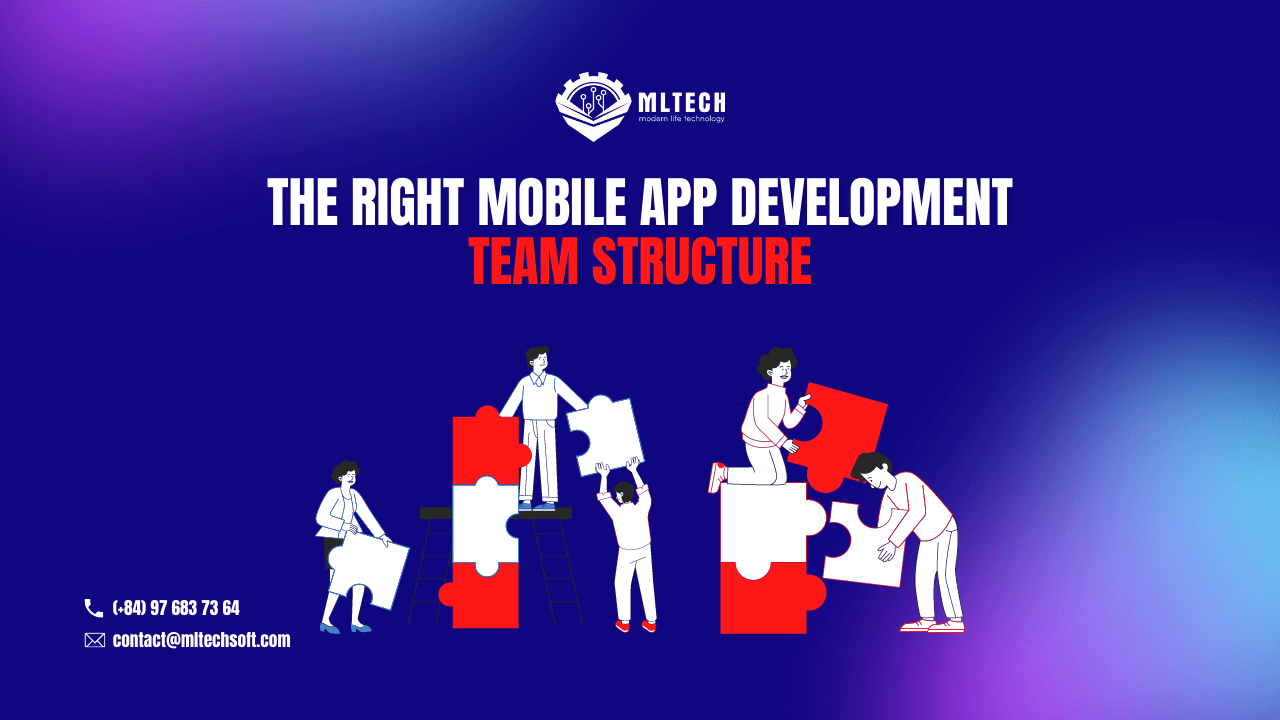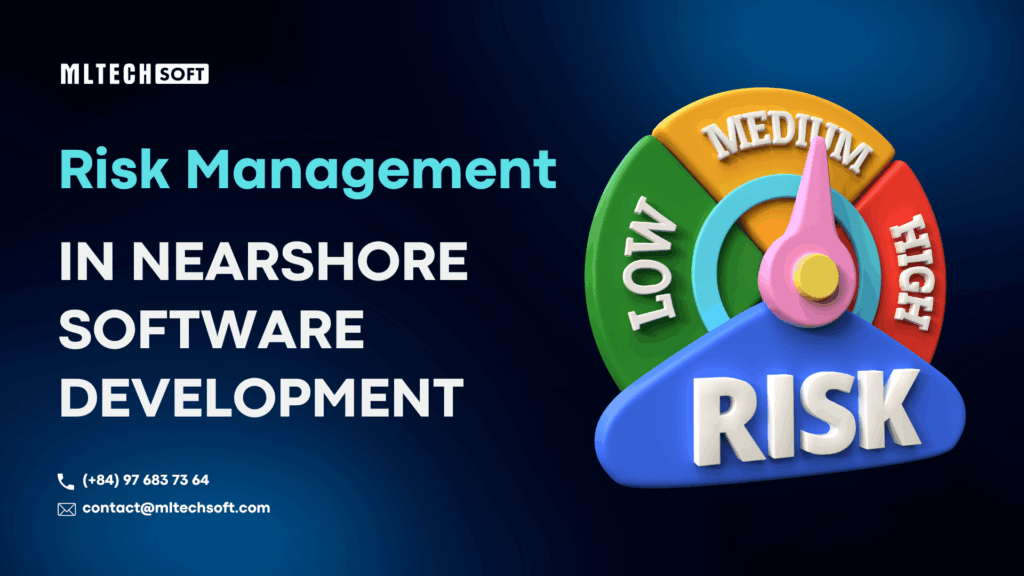The app’s idea is never the only factor that will determine its success. The outcome of an app is influenced by a number of things, including its features, design, and performance, among other things. However, one of the most important factors in an app’s success is the development team.
Knowing the secret of a well-organized mobile application development team firsthand, in this article we’re going to shed more light on the mobile app development team structure and roles to help you navigate the deep waters of the mobile app development world.
1. Why is it important to have the right development team structure?
The right development team structure is vital to turning a business idea into a powerful and useful mobile app. Unfortunately, there is no magic formula that assembles the perfect software development team to deliver a thriving mobile app. Many factors influence a team’s composition, including the application’s scope, complexity, budget, and deadlines.
To most, app development is uncharted territory shrouded in confusing tech buzzwords and engineering jargon.

2. Key roles in the mobile app development team structure
When considering how to build a mobile app development team, you should first determine what specialists you require and how many you require. As the size of an app development team depends on the complexity and scale of a project, let’s start with the basic number of specialists required for developing a mobile app:

2.1. Project manager or product manager
When you come to a mobile app development company with your app idea, you’ll be assigned a project manager (PM) to be your assistant and your link to developers. A project manager takes responsibility for a project from start to finish.
A project manager focuses primarily on the performance of the app development process, adherence to deadlines, and quality standards based on the product manager’s vision.
The project manager’s responsibilities include:
- Handing out assignments to the development team, setting terms for sprints, and prioritizing tasks
- Estimating your project and staying within your budget
- Building communication between you as the client and developers as contractors
- Adapting changes to the app development plan
- Maintaining quality, hitting deadlines, and keeping costs from running out of control
2.2. UI/UX designer
The main task of the UI/UX designer is to deliver a satisfying user experience by providing a concise, intuitive, interesting, and engaging app design.
It’s the responsibility of the UI/UX designer to:
- Create a user persona
- Think over the user flow and sketch app wireframes
- Create visual app prototypes
- Build intuitive app interface
- Make changes according to users’ feedback and testing data
2.3. iOS and Android developers
The iOS and Android operating systems use different programming languages and have different requirements. That’s why you need a separate iOS app development team and an Android app development team for each platform. Whether you should build your app for one platform or both depends on your target audience and your budget.
2.4. Backend developers
The backend developer manages a server’s work, cloud storage, and operational logic.
A highly qualified backend developer should have:
- Hands-on experience with programming languages like Java, .Net, Python, PHP, or Ruby
- Experience with code versioning tools like Git
2.5. QA engineer
The main task of a quality assurance (QA) engineer is to monitor every stage of mobile app development to be sure the design and mobile software adhere to all requirements. The role of a savvy QA engineer in app development can’t be underestimated. Identifying an app’s flaws and bugs on time helps you meet the project release deadlines and stick to the budget.
3. Stages of a mobile app development team
For clarity, we’ve divided the app development process into five major stages and identified the software development team members who participate in each stage.

Stage 1 — Discovery
At this stage, you need to define the app’s goals, values, and features, analyze competitors, identify the target audience, and visualize your app by sketching mockups. At the end of the discovery stage, you need to create a low-fidelity app prototype to be sure you and your development team are on the same page.
Stage 2 — Idea validation
At this stage, you should focus on determining your active and paying users and confirming your app’s relevance by analyzing initial users’ experiences using a concept validation prototype. Based on reactions from your audience, you can start to develop a medium-fidelity app prototype that visualizes your app’s UX design and flow.
Stage 3: UI/UX strategy
This is when you start to design a user interface in detail. You should create a high-fidelity app prototype, making it interactive so your testers can try the app’s navigation and give you feedback about the app’s convenience.
Stage 4 — Design and development
At this stage, your application development team starts coding and designing a minimum viable product (MVP)—a feature-oriented product with a precise design and convenient interface but still not a fully fledged mobile app.
Stage 5 — Testing and improving
This stage involves analyzing the user experience to fix all crashes and bugs and change everything required to make your app the best it can be. You can continuously add new app features and test whether they’re needed. Doing so will lead you to develop a fully functional and successful app.
4. The size of mobile app development teams
How many developers do you need to build an app? Assigning too few specialists to your app development process can prolong the process too much or result in poor development quality. In turn, bringing aboard too many specialists can boost your app development costs.
To choose the appropriate team size for your app development project, you should make an initial estimate of the project’s development scope. To do this, you need to consider the following factors:
- Number of platforms you’ve chosen to launch your app on
- Complexity of your app and the number of features you want to develop
- Expertise of your development team members
- Terms of app development
- Available funds
As for complexity, your app can fall into one of three categories:
- Simple apps have standard features, low-tech screens, ordinary buttons, and laconic designs.
- Medium apps offer more complex functionality along with more features, more screens, and more complex graphics.
- Complex apps need to provide high-tech app features, interactive graphic elements, chatbots, and payment services.
For example, if we’re talking about a full expert mobile application development team with a project manager, UI/UX designer, iOS or Android developer, backend developer, and QA engineer aboard, we can define the terms of completion for an app in each category as follows:
- Two to four months of work for developing a simple app
- Six to ten months to build an app with features of middling complexity
- Eight months or more for developing a complex app
If your goal is to bring your app to market quickly and your budget is ample, you can hire extra IT specialists and create your app faster. If you’re starting on a shoestring budget, you can simplify your app’s functionality, start implementing your app on one platform, or hire only a few specialists.
Conclusion
In this article, we’ve shared the most crucial tips on how to build a successful mobile app development team. Outsourcing to an app development company can be a reasonable decision because you get a tight-knit team of IT professionals who are ready to start immediately without spending time and money on tedious headhunting. If you need an app development team or a consultation, get in touch with us.






